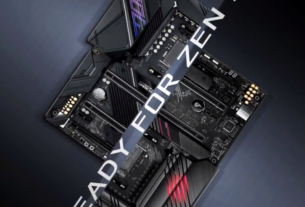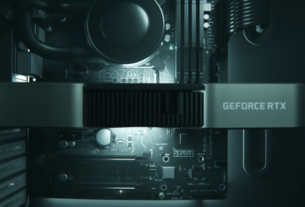
AMD’s next-generation EPYC CPUs and Radeon Instinct GPUs are all set to power the LUMI (Large Unified Modern Infrastructure) supercomputer that will become fully operational by 2021 & based in Kajaani, Finland.
AMD All Set To Power EuroHPC’s LUMI Supercomputer With Its Next-Gen EPYC CPUs & Radeon Instinct GPUs
The LUMI supercomputer was announced by HP (Hewlett Packard Enterprise) and will be using its HPE Cray EX architecture to deliver more than half an Exaflops of performance. The supercomputer will be based in Finland and will be part of EuroHPC’s GPU-accelerated supercomputing platform that will be equipped with next-gen AMD EPYC CPUs and Radeon Instinct GPU accelerators. LUMI is planned to become fully operational by late 2021 and will be among the top 5 supercomputers that will also include the AMD powered El Capitan and Frontier supercomputers which feature 1.5 – 2.0 Exaflops of computing horsepower.
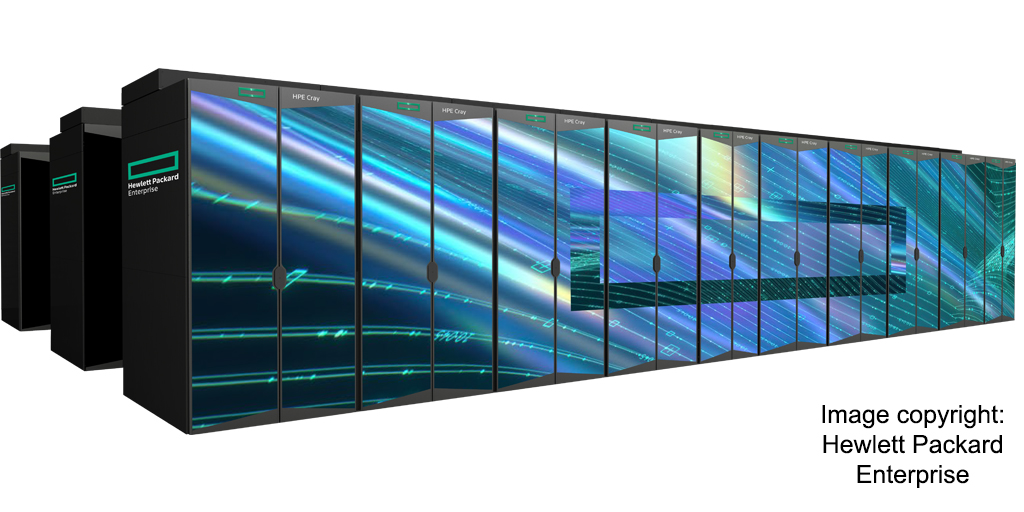
“AMD is proud to join with HPE to power the upcoming LUMI supercomputer to advance scientific research in artificial intelligence, weather forecasting, pharmaceutical discovery, and more,” said Forrest Norrod, senior vice president and general manager, data center and embedded systems group, AMD. “Our next-generation AMD EPYC CPUs and AMD Instinct GPUs, coupled with HPE’s unique supercomputing technologies, are fueling new capabilities in high performance computing, and we are excited to strengthen the European research community through our support.” via HPE
Some of the main features of the LUMI supercomputer that have been highlighted include:
-
Powerful compute with targeted AI capabilities using next-generation AMD EPYC CPUs and AMD Instinct GPUs
-
Expanded storage to support complex workloads in modeling, simulation, and AI using HPE’s Cray ClusterStor E1000 storage system
-
HPE Slingshot for purpose-built HPC networking to address demands for higher speed and congestion control for data-intensive workloads
- Sophisticated direct liquid cooling capabilities for larger-scale systems to increase overall efficiency in electricity and water usage used to operate the system
In terms of specifications, the LUMI supercomputer will feature AMD’s next-generation EPYC CPUs. The exact variant is not known yet but it could be Milan based with Zen 3. The supercomputer will pack around 200,000 AMD EPYC “Next-Gen” Zen 3 CPU cores, a storage system comprised of 30 Petabytes of capacity with 7 Petabytes of additional Flash-Based storage capacity with bandwidths of up to 2 TB/s and 80 Petabytes of the parallel file system.

Since LUMI is primarily a GPU-accelerated supercomputer, it will feature AMD’s next-generation CDNA based Radeon Instinct accelerators which would provide up to 550 Petaflops of computing horsepower. The total system will consume around 8.5 MW of power and will receive its power from a Hydropower electric station source which has a total power output of 200 MW making it a carbon-neutral supercomputing platform. Based on these numbers, the system will have a peak efficiency rate of 44.1 Gigaflops per Watt. The AMD powered LUMI supercomputer will cost €144.5 million and cover over 150-meter square space.
Australia’s Fastest Supercomputer “Pawsey” To Feature AMD’s EPYC & Radeon Instinct Chips, Up To 50 Petaflops Computing Power
In related news, HPE also announced that it will be building Australia’s most powerful “Pawsey” supercomputer which would also feature the HPE Cray EC architecture and feature AMD’s next-generation EPYC & Radeon Instinct chips. HPE stated that it had won a $48 AUD million contract to build the Supercomputer, featuring 30 times more compute power and 10 times more energy efficiency. The system will have a peak computing capability of 50 Petaflops.
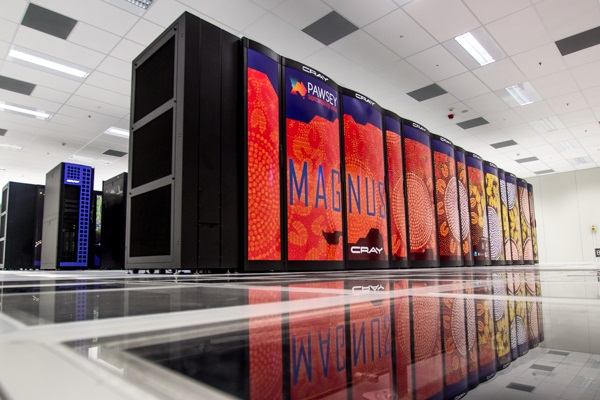
“AMD is excited to help accelerate groundbreaking scientific research with our high-performance processors in the next-generation HPE and Pawsey supercomputer,” said Forrest Norrod, senior vice president and general manager, AMD Data Center and Embedded Systems Group. “Significant new discoveries will be made at the Centre for years to come, enabled by Pawsey’s almost 50 petaflops of supercomputing capacity.” via HPE
Finally, it was announced by AMD that OIST (Okinawa Institute of Science and Technology Graduate University) will be deploying its EPYC 7702 CPUs within a new supercomputer which would deliver 2 Petaflops of computing power dedicated to scientific research. The supercomputer will deliver 2.36 Petaflops of computer horsepower, powered by AMD’s 64 core EPYC CPU.
“AMD is proud to be working with leading global institutions to bring scientific research to the forefront through the power of high-performance computing technology,” said Ram Peddibhotla, corporate vice president, EPYC product management, AMD. “With high-performance capabilities, ease of management and scalability, 2ndGen AMD EPYC processors can assist OIST researchers with advancing technological innovations and supporting their research goals in bioinformatics, computational neuroscience, and physics.” via AMD
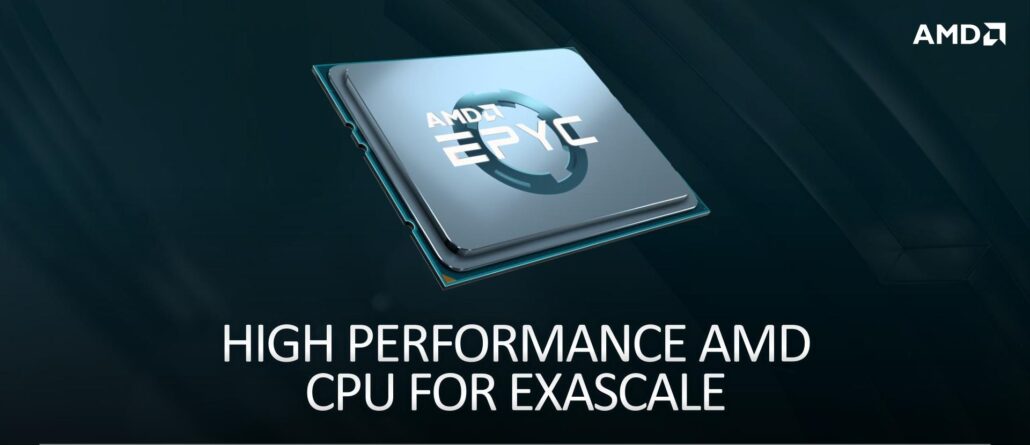
The supercomputer will feature the EPYC 7702 CPU which packs 64 cores, 128 threads, clock speed of up to 3.35 GHz, a 200W TDP, and a massive 256 MB L3 cache with 128 PCIe Gen 4 lanes. Expect to hear more on these next-generation AMD EPYC CPU and Radeon Instinct GPU powered systems in the coming months.

